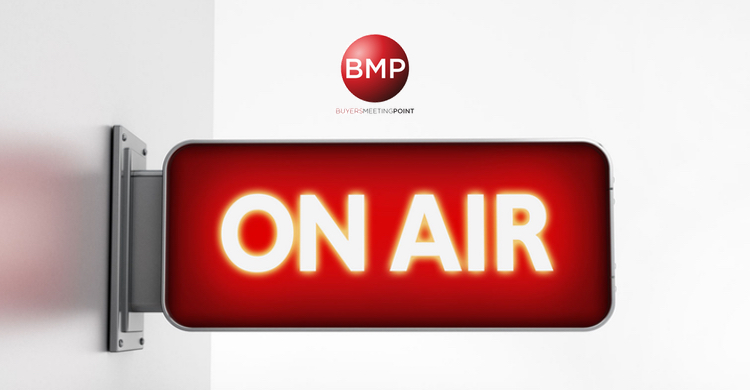
The ISM-New York Report is a highly regarded indicator of business conditions in the New York Metro area including a six-month outlook, employment index, and current and expected revenues.
For anyone new to either the ISM-New York Report on Business, or the national or other regional reports for that matter, the survey results are compiled as diffusion indices – meaning we take the percent of positive responses plus one-half of those responding that conditions remained the same (which we consider positive). A reading of 50% means no change from the prior month, greater than 50% indicates a faster pace of activity, and less than 50% a slower rate. Each month is not so much a reading of the current level of activity as it is a trend up, down, or the same from the previous month. As I run through the numbers in a minute, you can consider anything above 50 good news and anything under it… well, not so much.
A note specific to the New York Metro area, where all of this report’s respondents are located: they are predominantly in services industries: information services, finance, insurance, scientific, technical, and educational. While I’m sure that does not come as a surprise, it is important to keep in mind when you think about the trends being reported by purchasing managers through this report.
With that background, let’s transition to this month’s report.
Report Rundown
Current Business Conditions were at 64.3 in April, reaching the highest level since January when they reached an eleven plus year high of 72.5.
The Six-Month Outlook fell to 58.4 in April from 65.6 in March. With the exception of the 0.9 increase reported in March, the six-month outlook has declined every month since December 2017.
Employment was 58.3 in April, increasing for the second month in a row. It has been above the breakeven point of 50.0 in half of the last 12 months. Quantity of Purchases decreased to the breakeven point of 50.0 in April.
Top line and forward revenue guidance moved up together in April. Current Revenues increased to 55.6, up from 50.0 in March. Expected Revenues rose to 76.3, reaching the highest level reported since March of 2017.
Prices Paid decreased slightly to 65.8, down from 66.7 in March. Despite this decrease, prices paid has been above 60 for 7 straight months – the third longest time above 60 on record. The other two instances are the 8 months from February to September 2008, and the 10 months from September 1994 to June 1995.
Further Consideration
In terms of some additional color, I think the Prices Paid index deserved a little additional coverage this month. As I noted, it has been above 60 for 7 weeks, increasing for the third longest stretch on record. Compare that to this month’s more optimistic current business conditions and you have to wonder what these purchasing managers are thinking. How can they say things are better if their costs have been high and increasing for so long? Part of the explanation comes back to the fact that a significant portion of the prices being paid are for services, so there may be tight availability in some categories driving costs up.
Ironically, New York City’s economy was just recently ranked #20 on Business Insider’s list of the top 40 Biggest US Cities, and part of why they did so poorly was their relatively high level of current unemployment:
“New York’s Q3 2017 average weekly wage of $1,305 and 2016 GDP per capita of $81,748 were both the sixth-highest among the 40 largest metro areas, but the region’s 4.6% unemployment rate in February 2018 was tied for eighth-worst.”
By comparison, San Jose, which topped the list, had an unemployment rate of 3%. The rest of the top 5 includes San Francisco, Austin, Seattle, and Denver.
Persistently high prices paid give us persistently high costs and lower margins, conditions that no procurement professional – or executive – is likely to be happy about.
At the same time, current revenues were up in April, and expected revenues were WAY up, so maybe the respondents anticipate that the funds will be there to cover the higher costs – assuming demand stays high. If we remember today’s evolved procurement mantra – it’s about savings and value too… – the other way of looking at this is that prices paid for professional services may be high, but so must be the associated value. In other words, the cost is high, but these purchasing managers don’t necessarily feel that they are overpaying for the services and deliverables they are receiving, a dynamic that might otherwise have hurt their short term sentiment if the cost went up without an increase in perceived value. This does track with the trend of ‘outsourcing’ increasingly strategic services – higher costs for higher value from strategic providers.
There isn’t a company out there that’s not concerned about their margins, so we’ll have to watch and see if prices paid stays above 60 again next month, tying for the second longest recorded stretch.
Links and Resources:




